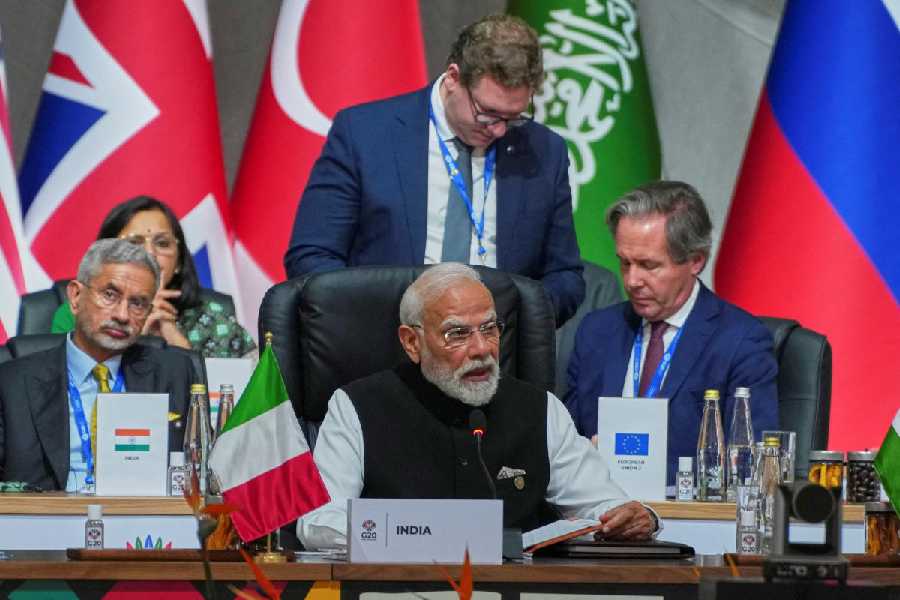 Saturday, 22 November 2025
Saturday, 22 November 2025
 Saturday, 22 November 2025
Saturday, 22 November 2025
The death toll from relentless monsoon rains and floods in Pakistan has climbed to 307, with officials reporting widespread devastation across several districts of Khyber Pakhtunkhwa province and beyond.
The country has been lashed by heavier-than-usual rainfall in recent weeks, triggering flash floods, cloudbursts, lightning strikes, and building collapses. Roads and bridges have been washed away, leaving several communities stranded.
Provincial Disaster Management Authority (PDMA) Spokesman Faizi said torrential rains had triggered flash floods in multiple districts, including Bajaur, Buner, Swat, Mansehra, Shangla, Torghar, and Battagram, killing more than 300 people.
According to the PDMA report, Buner has been the worst-hit area, recording at least 184 deaths. Shangla reported 36 deaths, followed by Mansehra with 23, Swat 22, Bajaur 21, Battagram 15, Lower Dir five, while a child drowned in Abbottabad.
“Worst hit was the Buner area, where floods and heavy rain caused 100 deaths,” provincial Chief Secretary Shahab Ali Shah earlier told Reuters.
The National Disaster Management Authority (NDMA), a federal body, had on Friday placed the nationwide death toll at 194, but officials now warn that the number of those dead or injured is expected to rise further as many remain missing in flood-hit regions.
A rescue helicopter carrying relief supplies to flood victims in Bajaur, near the Afghan border, crashed due to the bad weather, killing all five crew members.
In Swat district, more than 2,000 people were evacuated to safer ground after rivers and streams overflowed, rescue officials said.
Prime Minister Shahbaz Sharif chaired an emergency meeting to review the worsening flood situation. A statement from his office said the government was monitoring the crisis closely and mobilizing aid to affected areas.
Since late June, the beginning of the monsoon season, torrential rains have wreaked havoc across Pakistan — particularly in Khyber Pakhtunkhwa and northern regions — causing deadly floods, landslides, and mass displacement in vulnerable, poorly drained, and densely populated areas.







